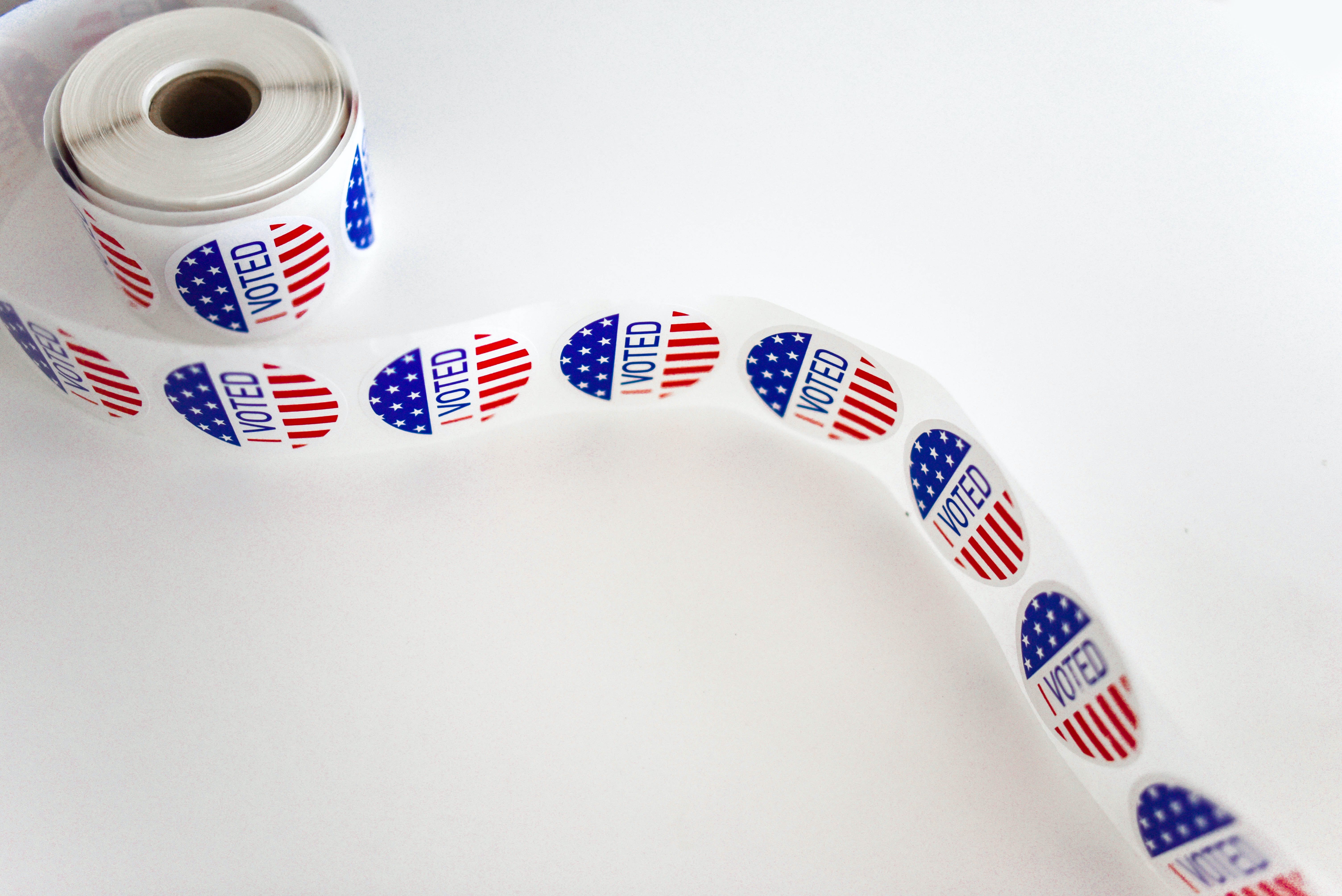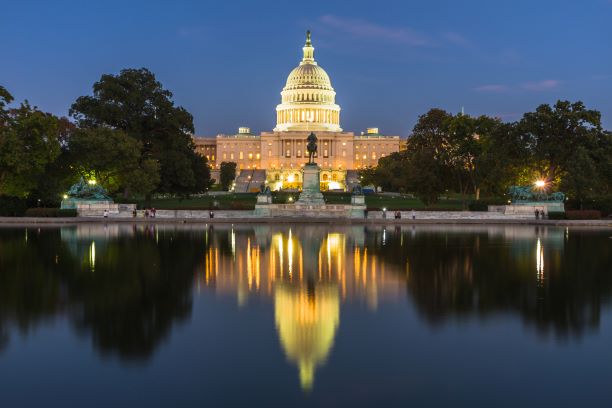Category: Election
How do elections affect the stock market?
Given the upcoming presidential election in 2024, we thought it would be a great time to look at data from prior election cycles. We think minimizing emotions and focusing on data is critical when investing. As can be seen in the charts below, whichever party holds office has not typically had much bearing on investment performance over time. Source: BlackRock Given this data, we encourage investors to try to tune out the political noise as best as possible in 2024 while maintaining exposure to the market. There will no doubt be volatility throughout this election year, but if history is any guide, staying invested regardless of the election rhetoric and outcome is likely to reward patient investors. Should you have any questions about your individual portfolio, please don’t hesitate to reach out to one of our team members or your advisor. We’re here to
Market Challenges and the Coming Election
Key Points Challenges include elevated virus transmissions, high unemployment levels, the Presidential election and stretched valuation metrics Monetary and fiscal policy combined with vaccine developments are likely to continue to support risk assets 2020: A Historic Year 2020 will be remembered as the year the coronavirus severely tested the basic freedoms and tenets of capitalism in the United States. The virus has proven to be highly efficient in disrupting many of the daily routines we typically take for granted. Like an engine needs clean oil to operate smoothly, the free movement of people, goods, and capital are key lubricants capitalism needs to operate smoothly. The virus is near-perfect friction to this free movement. As we have witnessed, businesses and education systems have difficulty functioning without free movement. Unfortunately, we have also felt the human tragedy the virus has created with nearly 775,000 deaths globally,5 a number that will sadly go higher. For investors, the result has been some of the largest and fastest swings in financial markets and economic conditions in history. Yet given all this bad news and volatility, the resiliency of our people and the capitalistic economy is truly amazing. In short order, doctors and scientists have developed 8 coronavirus vaccines that are in late-stage trials,1 and many new treatments for COVID-19 are being uncovered rapidly. Central banks and governments globally have also delivered unprecedented reli




 Virteom
Virteom